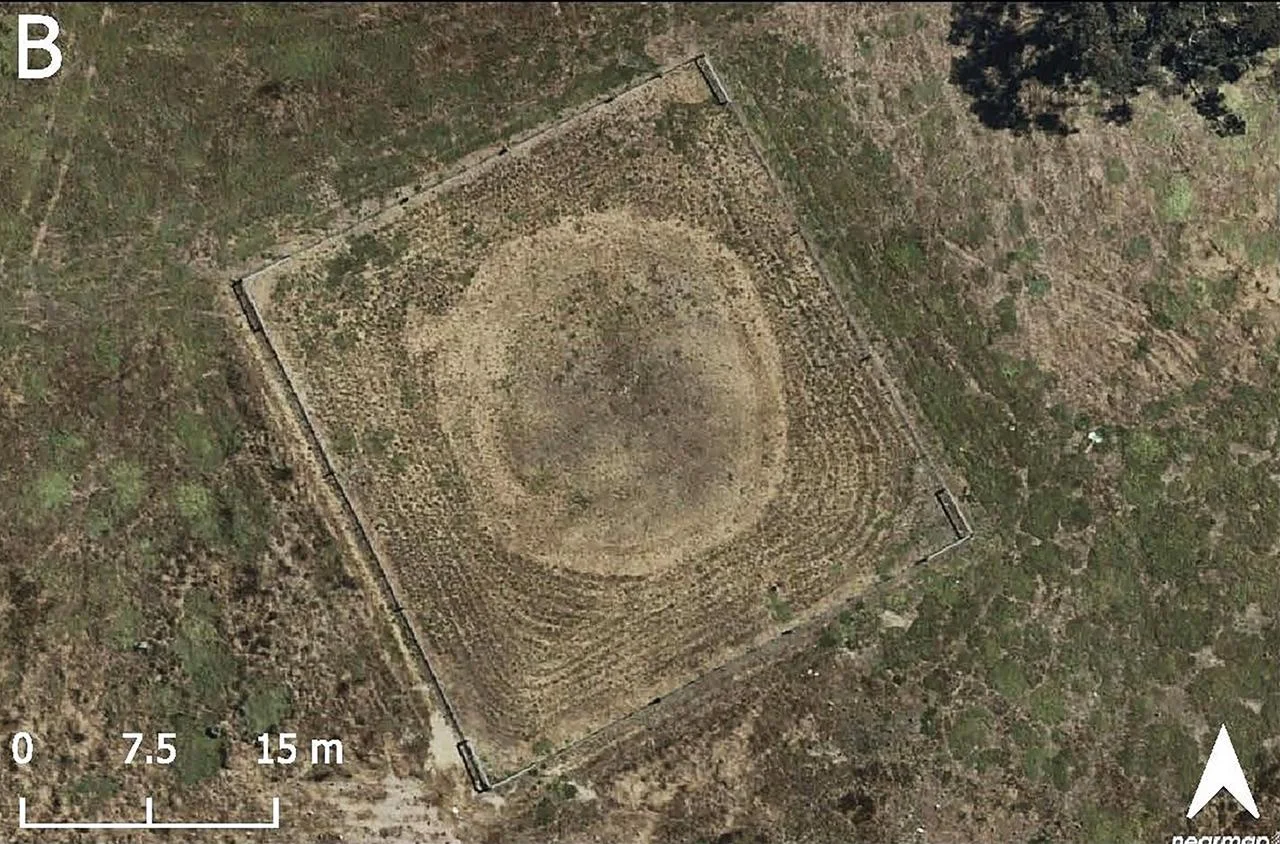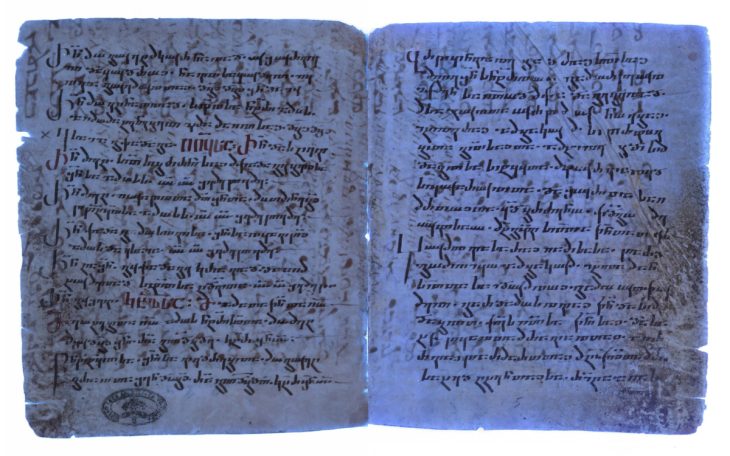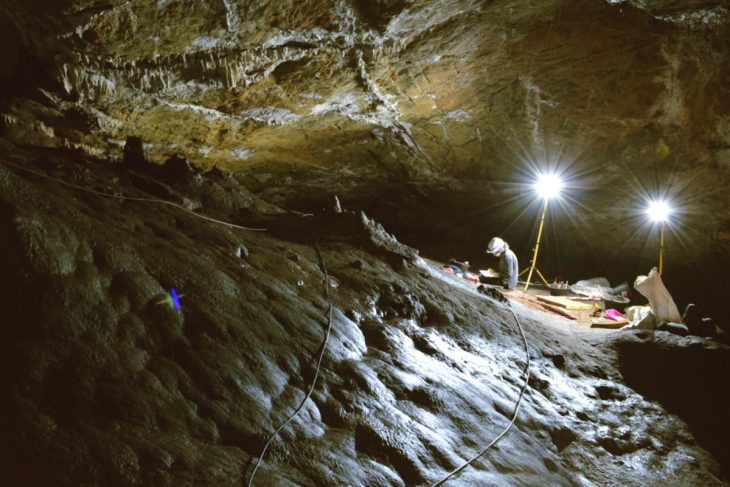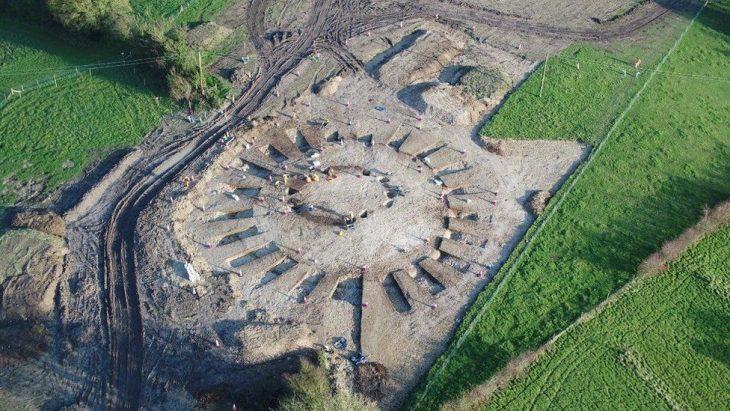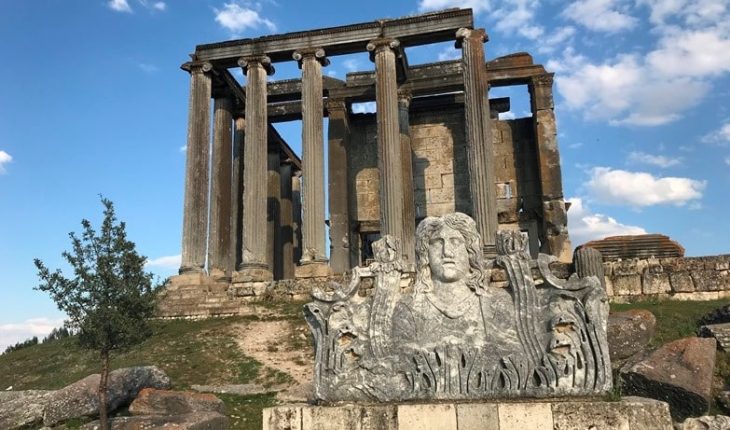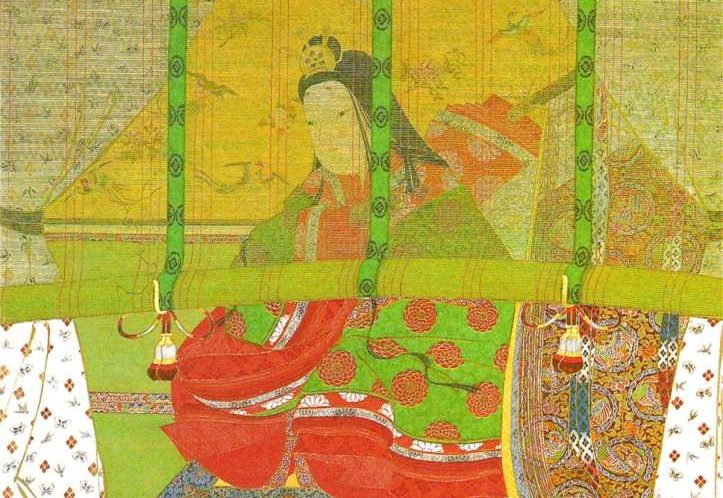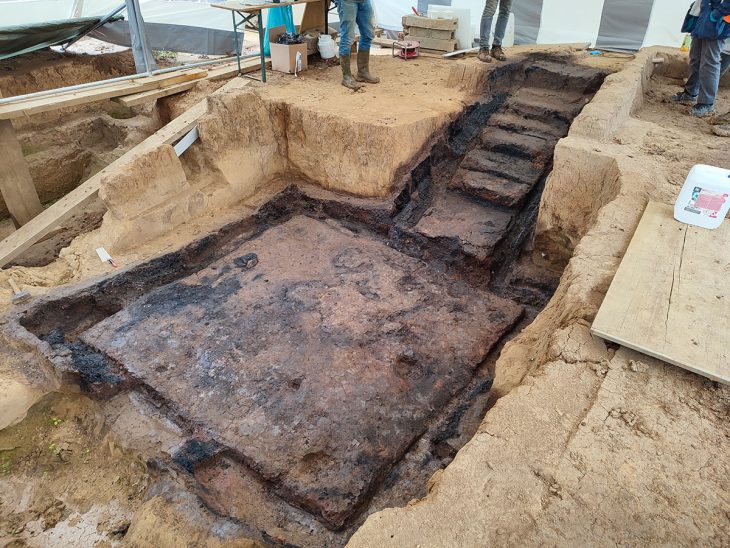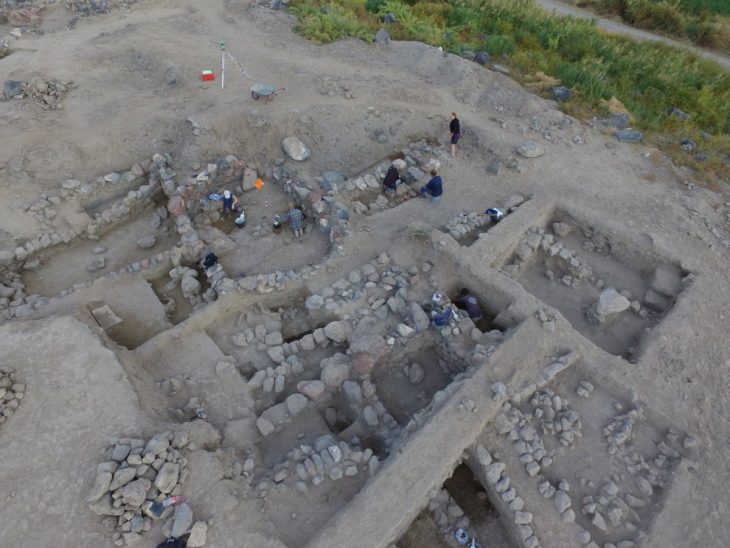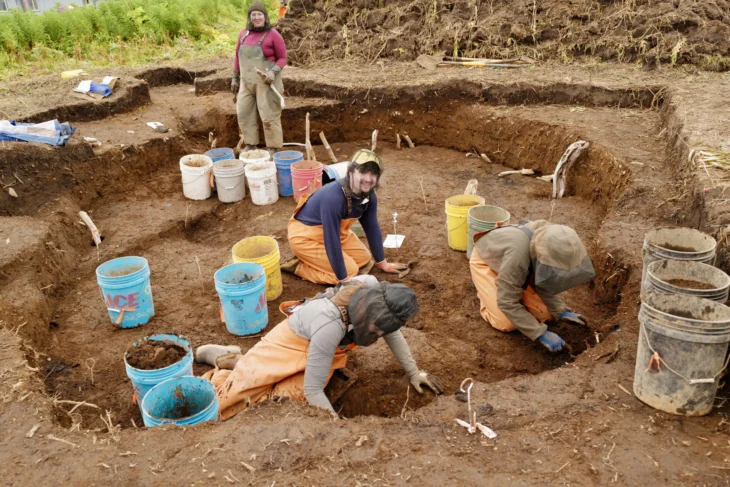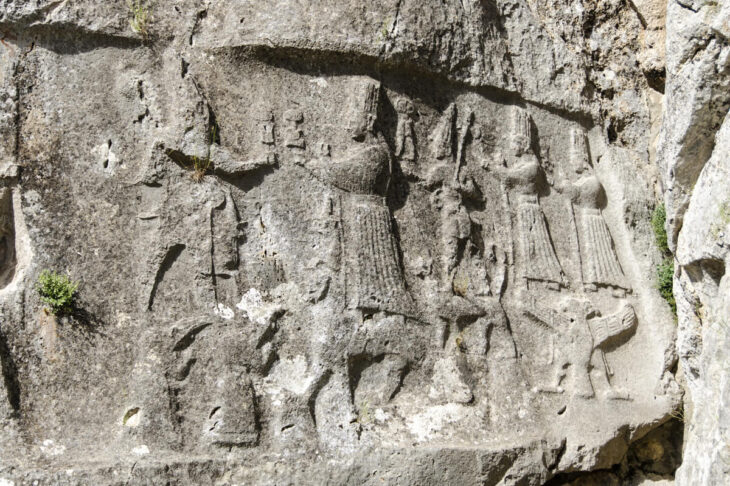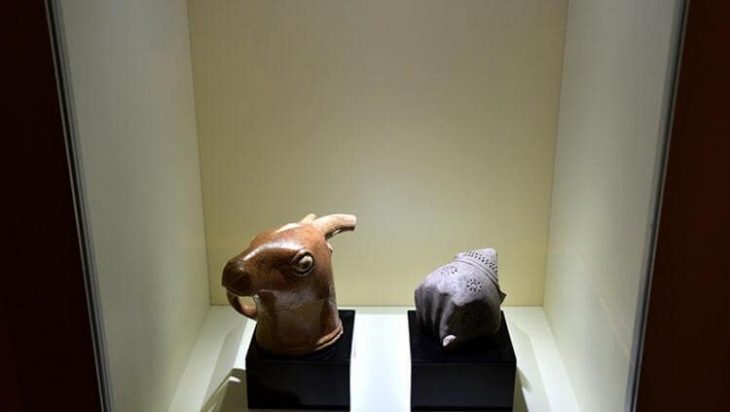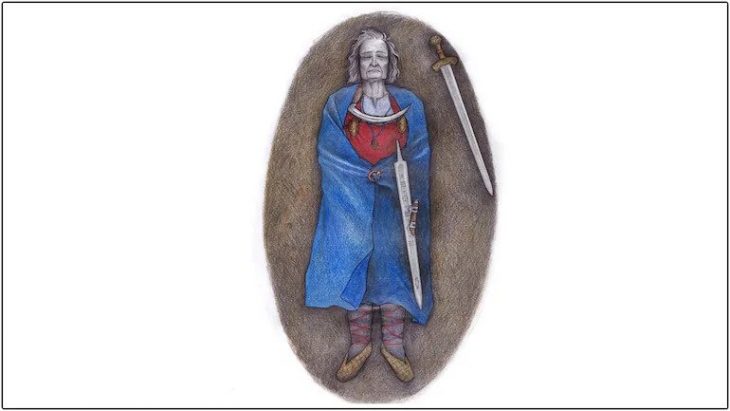A chain of mysterious earth rings in the Sunbury hills at the fringe of Melbourne, in Australia have been found to be not a natural formation, but an evidence of millennia of human effort.
The Sunbury suburb’s Wurundjeri Woi-wurrung Country is home to these “earth rings,” which are not naturally occurring. They are actually enormous achievements of human endeavor. They also symbolize the Aboriginal people’s long-standing and continuing ties to their homeland.
A new study integrates the Wurundjeri Woi-wurrung knowledge with the first archaeological excavation of one of the rings. This accomplishment adds to our understanding of Australia’s archaeological heritage, which spans more than 65,000 years of ongoing Aboriginal and Torres Strait Islander habitation.
These amazing earthworks, which are now regarded as artifacts of great cultural significance, were made between 590 and 1,400 years ago by the Aboriginal Wurundjeri Woi-wurrung people. They did so by excavating and heaping together earth in a large circle (or circles) measuring up to hundreds of metres in diameter The most recent article in Australian Archaeology showed fresh insights into their meaning and construction.
These earth rings are not isolated phenomena; similar formations have been found globally, including in England and Cambodia. Earth rings are considered sacred ceremonial sites for Aboriginal language groups in eastern Australia. However, as a result of European colonization and land development, many of these rings were destroyed. There used to be hundreds of them in Queensland and New South Wales, but now there are only 100. There have been reports of five earth rings, including the Sunbury rings, in Victoria.
📣 Our WhatsApp channel is now LIVE! Stay up-to-date with the latest news and updates, just click here to follow us on WhatsApp and never miss a thing!!
However, the Sunbury rings are uniquely Australian, representing profound connections to the Wurundjeri Woi-wurrung’s cultural landscape, or “biik wurrdha,” which encompasses land, water, sky, and ancestral traditions.
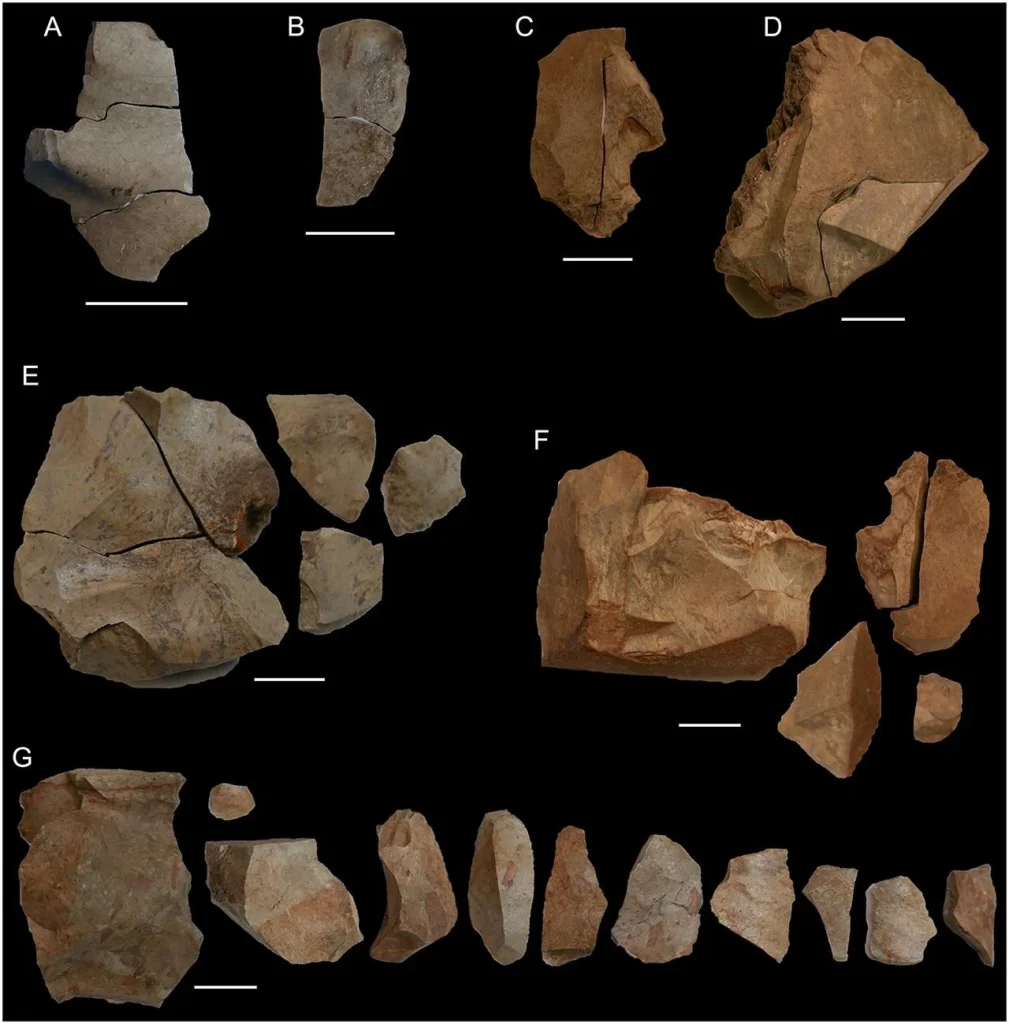
The Wurundjeri Woi-Wurrung conducted a cultural values study of the region encompassing the Sunbury rings during 2021-2022. Also in 2022, the Wurundjeri Woi-wurrung people performed an archaeological dig at Sunbury Ring G, a place of cultural and ceremonial significance.
Archaeologist David Frankel previously excavated this site in 1979, as well as the area where the Wurundjeri Wilam and Marin Bulluk clans were divided by Jacksons Creek from one another. This new research involved the examination of 166 stone artifacts. In the process of reconstructing the artifacts, the deposits were dated. All of this brought to light the methods and tools used by the people of Woi-Wurrung.
The team pieced together the way Woi-wurrung-speaking people lived and interacted in these areas using advanced dates and artifact analyses. They prepared plants and animals, made and used stone tools, made decoration out of feathers, lit campfires, and performed rituals such as scarifying human skin. The tools’ wear patterns and residue offer concrete proof of these activities.
The archaeological and cultural interpretation of Australian earth rings is woven together in this first-of-its-kind research. It shows how crucial those sites are and the threats they endure due to land use and climate change developments.
Spry, C., Freedman, D. L., Hayes, E., Hitchcock, G., Morrison, W., … Mullins, B. (2025). New braided knowledge understandings of an Aboriginal earth ring and biik wurrdha (Jacksons Creek, Sunbury) on Wurundjeri Woi-wurrung Country, southeastern Australia. Australian Archaeology, 1–24. https://doi.org/10.1080/03122417.2024.2428019
Cover Image Credit: Aerial image of Sunbury Ring G. Credit: Caroline Spry et al., Australian Archaeology (2025)

